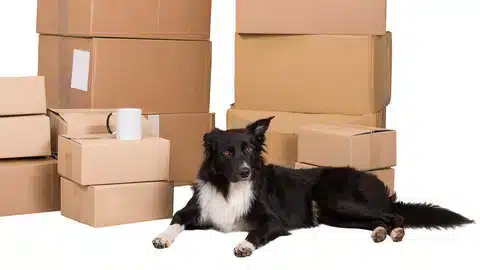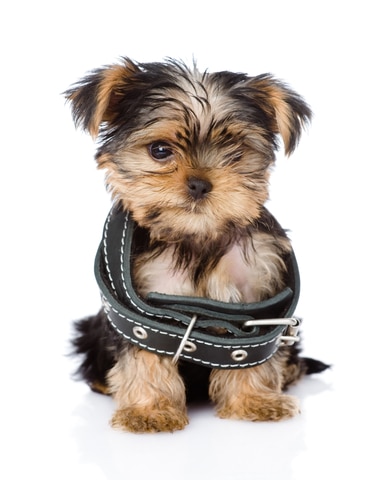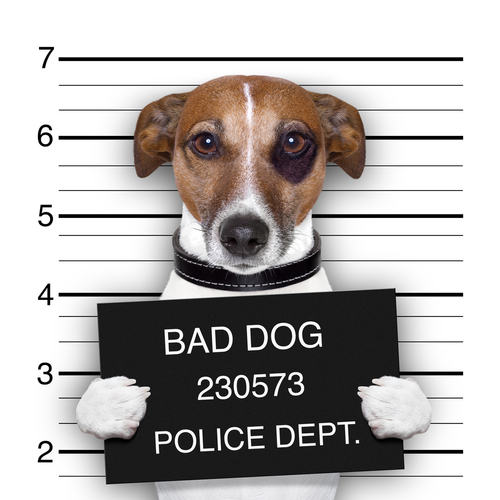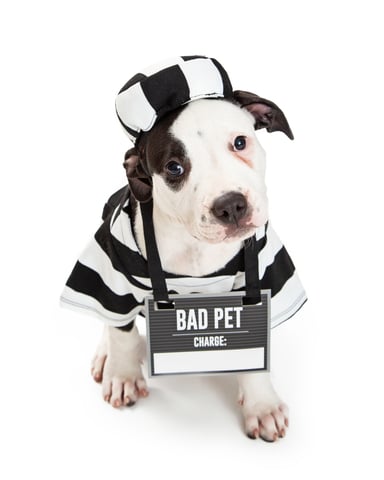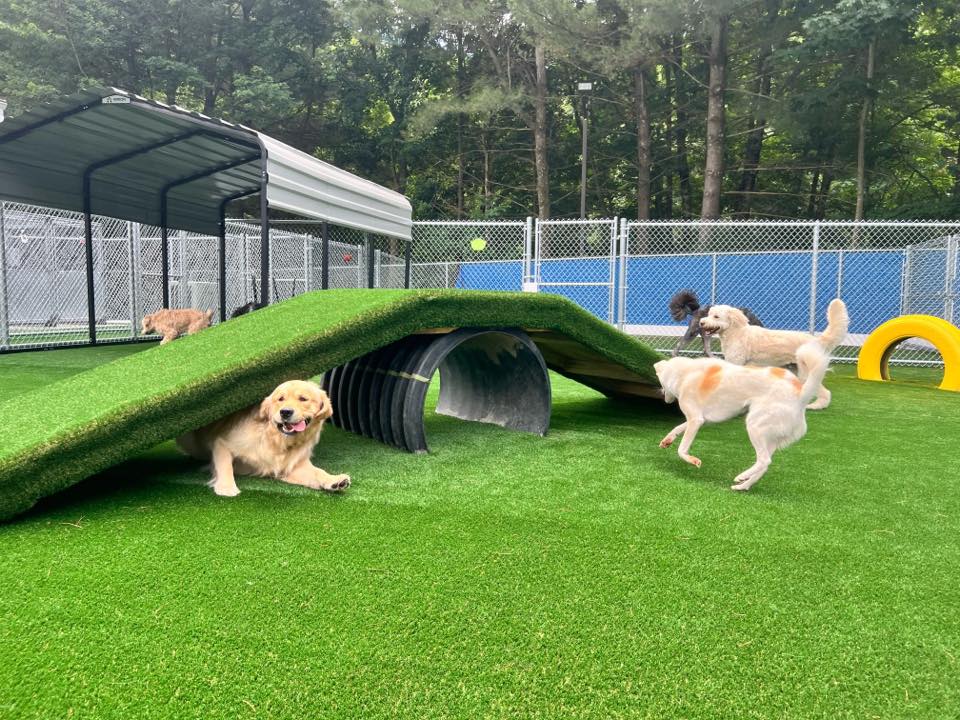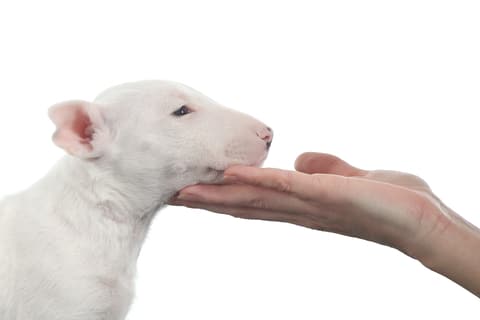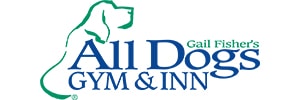"Bite Inhibition" & Not Biting Children
Puppies use their mouths. They chew fingers, grab ankles, and put their teeth on everything. Prior to the age of 13 weeks, you can help your puppy learn to moderate his bite, to limit the pressure of his bite by letting him know when he’s biting too hard.
As he’s nibbling on your fingers, let him know the instant he hurts you. Hold still and yelp “Ow!” in a startled voice. Do not pull your hand away, rather you want your puppy move away from your hand. As long as he’s mouthing gently, that’s fine. But as soon as he starts to bite too hard, tell him. This will help him learn “bite inhibition”—a soft nibble rather than a painful bite.
When your pup is around 13 weeks old, discourage him from mouthing your hand with “Uh!” and divert his teething to his own chew toys.
Puppy Biting Children
Prior to coming to your home, your puppy had littermates—other puppies to play with. He engaged in lots of physical play—biting, jumping, running, wrestling, and tugging on various body parts. It is natural to transfer that type of play to children in his new family. And the more the kids scream, flail and run, the more fun and rewarding this play is to the puppy.
Does yelling at your puppy make him stop? Well, you’ve likely tried it and it didn’t work. Will he outgrow it? Possibly, but as long as it continues to be rewarding, what would induce him to stop? Counting on him to outgrow the behavior means he probably won’t. But of course there is something you can do! Here’s a strategy:Stop all roughhousing. Teach your children to pet the puppy calmly and gently.
- If the puppy starts to mouth them, have them say “Uh!”, immediately stop petting, fold their arms and sit still.
- If sitting still doesn’t work, have them get up and walk away.
- If your puppy continues trying to play roughly, tell him “Uh!” and give him a brief time-out in the crate.
- This can be as short as 10-20 seconds.
- If done consistently, your puppy will quickly get the idea that fun stops when he doesn’t respond.
- Have the children play “good” games, such as retrieve, or take the puppy for short walks.
- Most importantly, both the puppy and the children need to spend calm time together to learn to live together.
Supervision and control will prevent children from developing a fear of the puppy because he has hurt them. Supervised, controlled interaction will enable both young ‘uns to develop a happy, healthy, cooperative relationship for lots of years.
Follow this plan religiously for a month or two, without errors, and the behavior should disappear. But you must be fully committed to the plan. If this strategy is not in place all the time (that’s 100%–no errors!), it constitutes random reinforcement—strengthening the puppy’s nipping behavior. Even an occasional lapse—when the kids run away screaming with the puppy in hot pursuit—is enough to reinforce and encourage the “great nipping game.”
If you run into difficulty or your puppy isn’t responding to this approach, seek the advice of a dog trainer or behaviorist who uses non-punitive, positive methods. Click here for information on our programs for dealing with undesirable behaviors.
